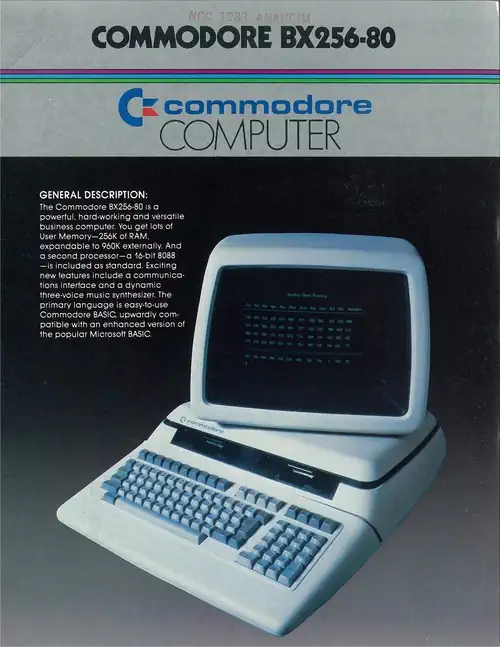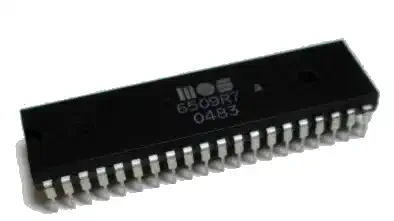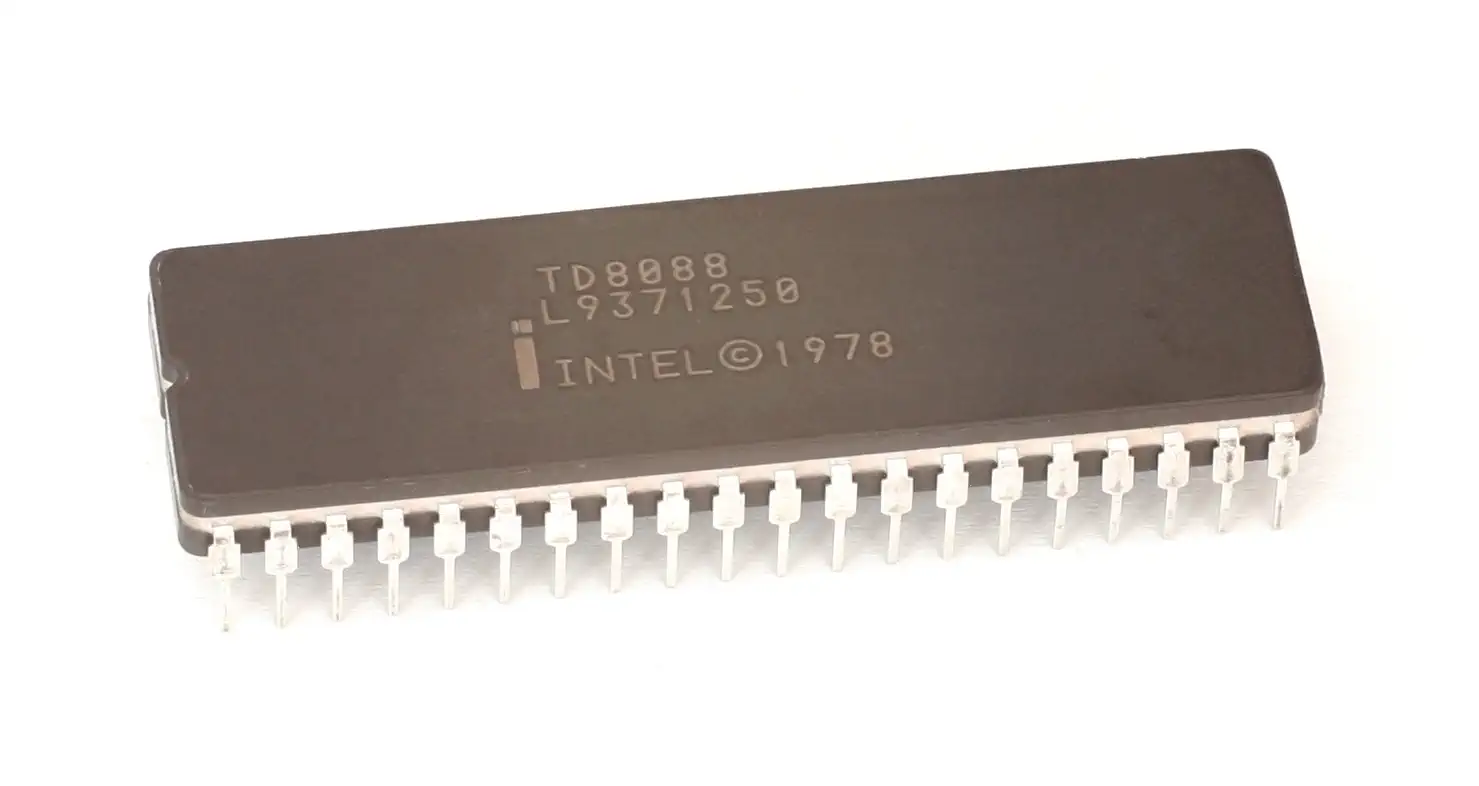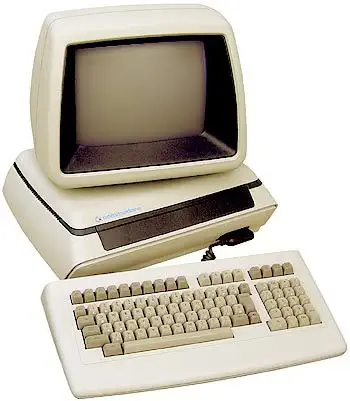Commodore CBM 730 (BX256-80 + CoProcessor)
The Commodore CBM 730 has 256KByte RAM, just like the CBM 720 and provides an extra curcuit board that allowed for an Intel 8088 co-processor, very little software, if any, exists that takes advantage of this co-processor.
The main difference with the CBM 630 is the new graphics ROM that provides 8x14 pixel based letters as opposed to the 8x8 pixel based characters in the 630. The 730 also has a detachable keyboard, allowing for a more ergonomic set-up.
CBM 630/730 Coprocessor Board
The optional co-processor board for the CBM 630/730 with the Intel 8088 processor, giving the 630/730 the ability ro run CP/M-86 1.1 or MS-DOS 1.25. This board did not give IBM PC Compatibility.


Commodore CBM 700 Series
The Commodore 700 series was introduced in 1982 and sold under a few different names. In the US they were sold as the B256 and PET 700 series, in Europe as the CBM 700 series, or CBM 256-80 / B256-80.
The hardware is identical to the CBM 600 series. The machines had an integrated monitor, detachable keyboard and two 5.25" disk drives. The BX256 model was capable of supporting an optional 8088 chip. Graphics and sound capabilities were also identical to the CBM series, except that the 700s had a new character generator ROM, and graphics were generated off an 8x14 matrix. The Kernal ROM determined which generator to use based on inputs that were hard-soldered on the main board.
Commodore CBM-II
The CBM-II has two incarnations, the P series (P = personal, or, home use) and the B series (B = business use). The B series was available with a built-in monochrome monitor with detached keyboard (hi-profile) but also available as a single unit with built-in keyboard but no monitor (lo-profile). These machines are often referred to as the "Porsche PETs" due to incorrect rumors that the case was designed by Porsche. Though Commodore did initially consult Porsche for a case design, it proved too expensive to produce, so Commodore enlisted designer Ira Velinski to create one based on the original PET prototype
CPU View - MOS 6509
THe MOS Technology 6509 is an enhanced version of the 8-bit 6502 CPU. Using bank switching the 6509 is able to address up to 1MByte of RAM. The 6502 also could do bank-switching, but did so via separate logic circuits, the 6509 had this logic built in. This extra logic made the 6509 difficult to program, and it was mainly used in the Commodore CBM-II line of computers.
Source:WikiPedia - MOS Technology 6509Source:WikiPedia - MOS Technology 6502

SID (MOS 6581) - Sound Interface Device
SID is short for Sound Interface Device. It is the name of the sound chip that was used in the VC10, the commodore 64 and the Commodore 128. SID was developed by Bob Yannes, an employee of MOS Technology. Bob was not only an engineer but also knew a lot about music. His intention was to create a different sound chip than other devices at the time. He implemented a subtractive synthesis chip. The chip's distinctive sound is easily recognized and was clearly ahead of the ocmpitition. The SID combines analog and digital circuitry that cannot be 100% emulated, even today.
Source: C64 Wiki

CPU View - Intel 8088
The Intel 8088 microprocessor is a variant of the Intel 8086. The 8088 has an 8-bit external bus instead of the 16-bit bus that the 8086 has. The 16-bit registers and the 1MByte address range are unchanged, however. The 8086 and the 8088 have the same execution unit (EU), only the Bus Interface Unit (BIU) differs.
The original IBM PC architecture is based on the Intel 8088. The CPU runs at 5 to 16 MHz, has a 20-bit address bus and can work together with the 8087 Co-Processor. The 8088 was launched in 1979. The 8088 is compatible with the Intel 8085.

RAM max: 960kB Sound Chip SID (MOS 6581) Sound 3 Voices, 9 octaves Display Chip MOS 6545 CRTC (80 column) Display 80x25 Monochrome text Best Text 80x25 Best Color monochrome Graphics Text Only Sprites none System OS BASIC V4.0

